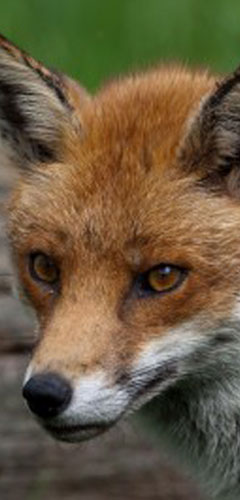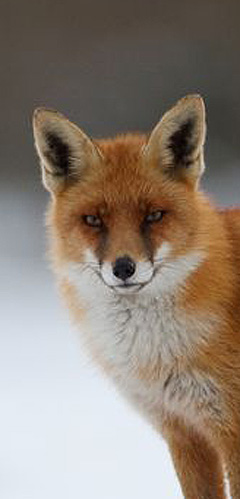- PEST PROBLEMS? CALL US NOW!
- 01865 362053 / 07802 485384
PEST CONTROL FOR FoxES
(RED FOX / Vulpes Vulpes)
 Fox control and management is essential to help control the growing fox population – and now more so than ever in urban environments throughout the UK..
Fox control and management is essential to help control the growing fox population – and now more so than ever in urban environments throughout the UK..
Fox control is required in both urban and rural environments, and now more so than ever in urban environments throughout the UK. Hawthorn Pest Control offer a range of methods to control foxes depending on the environment. Out team are qualified and trained in both rural and urban fox control. Our experienced pest controllers provide a professional fox control and management service to both rural and urban environments, both domestic and commercial. After surveying the situation out team will implement an initial removal programme followed by an ongoing fox control strategy as required.
The fox originated some 45 million years ago in the Eocene period, over the years they have adapted to fit in with the changing environment of both rural and urban surroundings. Today, foxes are a common site in both urban and rural areas and it is accepted that some people love them while others see them as a pest, or nuisance. Foxes are part of the natural wildlife and it is thought that the fox is the most widespread and abundant carnivore in the world.
Foxes are members of the dog family (Canidae) and can resemble a small dog in appearance with reddish brown in colouration with blacks and usually a white tail tip. Many have a white bib on the throat. A typical fox measures up to 110 cm, including the tail, and can be up to 40 cm high to the shoulder. A typical fox weighs around 6.5 kg.
Foxes are omnivores that will eat practically anything. A typical diet includes worms, beetles, berries, carrion, small rodents, rabbits and birds. Although an efficient predator, foxes are basically lazy and will not bother trying to catch elusive prey when scavenging produces an easier meal e.g. from dustbins or other food put out by residents. The lazy characteristics of the fox have seen them spread into more towns and cities over the past few years.
Foxes tend to mate during December to February and it is at this time of year that the animals cause many complaints, due to the barking and screaming that they make when mating, especially in urban areas.
Fox cubs are born between March and May and the average litter is around 5 cubs. A fox cub tends to be eating solid food from around 4 weeks. The cubs tend to stay with the vixen (female fox) for 3 or 4 months. It is during the breeding season that foxes are more active and are often seen scavenging for food in more rural areas, as they have cubs to feed.
Foxes do not generally attack humans, but if cornered or surprised, they may bite in self-defence. Although foxes will take livestock such as chickens, rabbits and guinea pigs if they are not properly secured, they are unlikely to threaten cats, dogs or adult humans, all of which are generally more than a match for an adult fox. The fact that foxes often appear not to fear humans has more to do with familiarity and also the fact they know how slowly humans can move, and how fast they can move if they have to.
The fox is sometimes referred to as a pest or vermin, but it is not and never has been categorised as such by the Department for Environment, Food and Rural Affairs (DEFRA). Foxes are in fact protected under a series of wildlife protection laws.
If foxes are causing damage then it is important to consider the most appropriate control strategies that could be implemented. The methods of control can vary between rural and urban environments.


